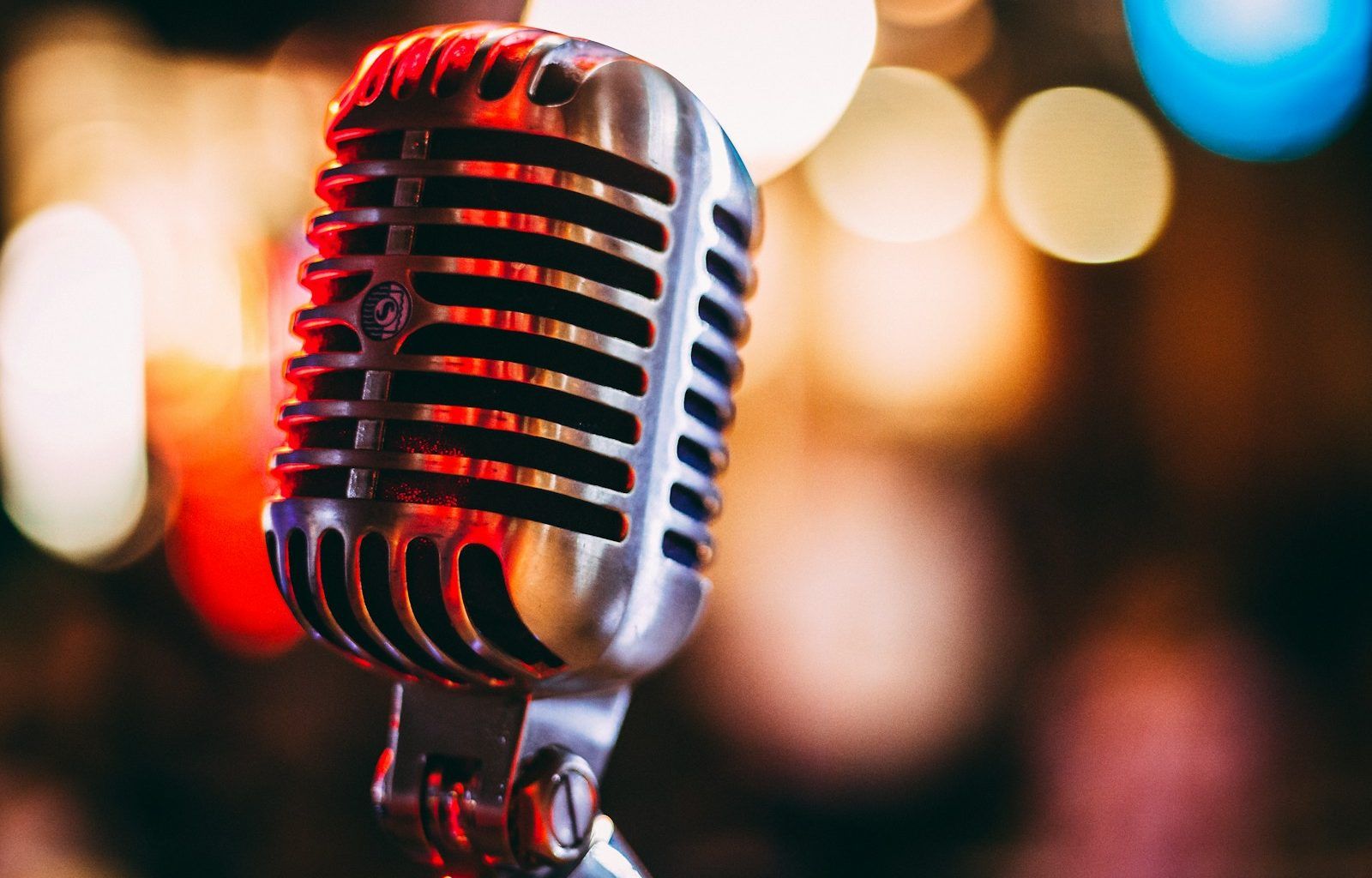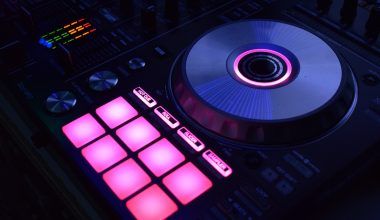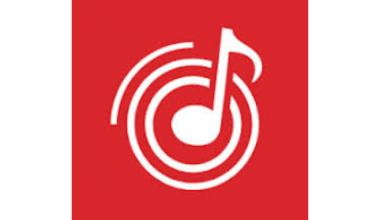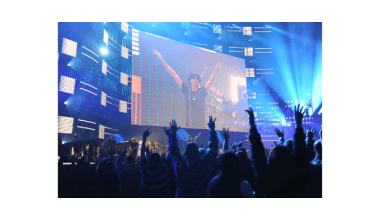Have you ever dreamed of recording your own music but felt overwhelmed by complicated software? You’re not alone! For many musicians, finding the right tool to bring their ideas to life can feel like a daunting task. But don’t worry—there are plenty of beginner-friendly options that make recording music as easy as humming a tune. In this guide, we’ll explore some of the easiest software to record music, so you can focus on what matters most: making great music.
Why Choosing the Right Software Matters
Before diving into the options, let’s talk about why this decision is so important. Your recording software—often called a digital audio workstation (DAW)—is your creative hub. It’s where you’ll record, edit, and produce your tracks. Using intuitive software not only saves time but also keeps you inspired. After all, music-making should be fun, not frustrating!
What Makes Software Easy to Use?
When looking for the easiest software to record music, consider these factors:
- User Interface (UI): A clean and simple UI is key. You shouldn’t need a manual to figure out where the record button is.
- Pre-made Templates: Starting from scratch can be intimidating. Look for software that offers templates tailored to your genre.
- Drag-and-Drop Features: These make arranging tracks and adding effects a breeze.
- Built-in Tutorials: Helpful guides within the software can speed up your learning curve.
- Compatibility: Ensure the software works seamlessly with your computer and gear.
Let’s explore some fantastic options that check all these boxes.
The Best Choices for Beginner Musicians
1. GarageBand: Apple’s Gift to Creators
If you’re an Apple user, GarageBand is a no-brainer. This free software is packed with features that make it incredibly easy to record music. From pre-recorded loops to virtual instruments, it has everything you need to start creating.
- Why it’s easy: Its interface is beginner-friendly and intuitive. Plus, it comes pre-installed on most Mac devices.
- Bonus: GarageBand allows you to easily export your tracks to Logic Pro if you’re ready to upgrade later.
2. Audacity: Simple and Free
Audacity is a free, open-source software that’s perfect for straightforward recording tasks. While its interface might look a little old-school, don’t let that fool you. It’s a powerful tool that’s easy to learn.
- Why it’s easy: You can start recording within minutes of downloading. It’s perfect for recording vocals, instruments, or even podcasts.
- Tip: Pair it with free plugins to expand its capabilities.
3. BandLab: Music Collaboration Made Simple
BandLab is more than just a DAW; it’s a community. This free platform lets you record, edit, and collaborate with musicians worldwide. It’s entirely cloud-based, so you can work on your projects from any device.
- Why it’s easy: Its drag-and-drop interface is perfect for beginners. Plus, it’s great for those who love collaborating.
- Unique feature: Real-time collaboration with other users.
4. FL Studio: A Fun Option for Beat Makers
FL Studio, also known as Fruity Loops, is a favorite among producers and beat makers. While it’s a paid software, its straightforward design makes it worth the investment.
- Why it’s easy: The step sequencer and pattern-based workflow are great for beginners.
- Tip: Use the trial version to see if it’s a good fit before purchasing.
How to Get Started with Music Recording
Setting Up Your Home Studio
Before diving into your new software, make sure your home studio is ready. Here’s what you’ll need:
- A Decent Computer: Most recording software works on both Mac and Windows, but check the requirements.
- Audio Interface: This device connects your instruments or microphone to your computer.
- Microphone: A good mic can make a world of difference in sound quality.
- Headphones or Studio Monitors: Choose quality gear for accurate sound playback.
- MIDI Controller (Optional): Great for adding virtual instruments to your tracks.
Learn the Basics of Your Software
Once your studio is ready, it’s time to learn the ropes. Most DAWs offer built-in tutorials or have extensive online communities with how-to videos. Dedicate some time to understanding the basics, like:
- Creating a new project
- Adding tracks
- Recording audio
- Using loops and virtual instruments
- Applying effects
Experiment and Have Fun
Don’t be afraid to experiment! Try different sounds, layer tracks, and play with effects. Remember, every mistake is a learning opportunity.
Advanced Features You’ll Love (Even as a Beginner)
While these tools are known for being easy to use, they also offer advanced features that you can grow into. Here are some cool things to look out for:
- Automation: Adjust volume, panning, or effects over time.
- MIDI Editing: Create intricate melodies or drum patterns.
- Vocal Tuning: Correct pitch or add harmonies.
- Mixing Tools: Balance your tracks for a polished sound.
- Mastering Presets: Finalize your song with professional-quality sound.
Common Mistakes to Avoid
Even with the easiest software to record music, beginners often make a few missteps. Here’s how to steer clear:
- Skipping the Setup: Poor audio quality often stems from improper setup. Spend time on it.
- Overloading Tracks: Less is more. Avoid cluttering your song with too many layers.
- Ignoring Tutorials: These can save you hours of frustration.
- Not Backing Up Projects: Always save your work to avoid losing it.
- Forgetting to Have Fun: Remember why you started recording in the first place—to enjoy the process.
Conclusion: Start Recording Today!
With so many easy-to-use options, there’s no reason to hold back. Whether you’re a seasoned musician or just starting, finding the easiest software to record music can make all the difference. Choose the tool that resonates with your needs, set up your studio, and let your creativity flow. The world is waiting to hear your music—so what are you waiting for? Start recording today!
Final Thoughts
Music recording doesn’t have to be complicated. With user-friendly software like GarageBand, Audacity, BandLab, and FL Studio, you can turn your ideas into reality without breaking a sweat. So go ahead, explore these tools, and bring your musical dreams to life.
For further reading, explore these related articles:
- The Evolution and Vibrance of the Indian Music Industry
- Zee Music Company Owner: Shaping the Sound of India
For additional resources on music marketing and distribution, visit DMT Records Private Limited.






